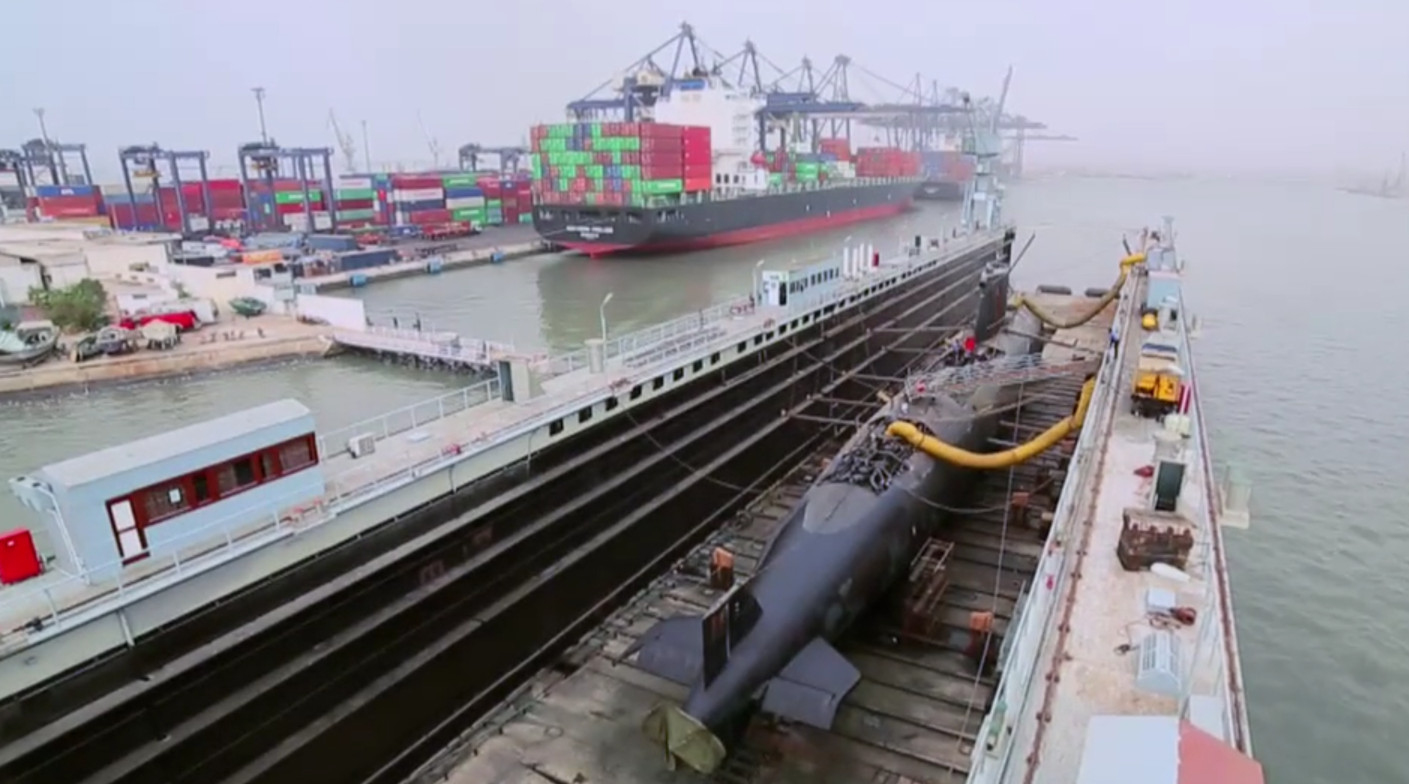2926Views 8Comments

This Week in Review: Pakistan’s submarine plans are now in motion
Every weekend, Quwa will close the week’s news with a review and analysis with the aim to tie together several topics into broader themes. It is an opportunity to reflect upon and discuss issues in a way where key trends are identified and individual news topics are connected into a “bigger picture.”
Pakistan’s submarine plans are now in motion
On Friday, the Chief Project Director of the Pakistan Navy’s next-generation submarine program informed the National Assembly’s Standing Committee on Defence that the Navy would begin receiving its ships in 2022 and 2023. All eight submarines are expected to be delivered by the end of 2028.
In parallel with the Agosta 90B upgrade program (contracted to STM Turkey), the Pakistan Navy’s medium and long-term submarine fleet-building plans are finally in motion. This has been an objective for Pakistan since the mid-2000s when it embarked on finding a platform to replace its legacy (and now retired) DCNS Daphne diesel-electric submarines (SSK).
At the time, the Pakistan Navy sought the ThyssenKrupp Marine Systems (TKMS) Type 214 and DCNS Marlin. In 2008, it had selected the Type 214 and entered negotiations with Germany for the purchase of three submarines. Unfortunately, an economic crisis from 2009 and a resulting sharp drop in public funds available for big-ticket defence acquisitions caused the Type 214 deal to collapse.
With the Navy’s mainstay Hangor-class (i.e. Daphne) phased out, and two Hashmat-class (i.e. Agosta 70) heavily aged, the prospect of depending on only three Khalid-class (Agosta 90B) was not taken lightly in Pakistan’s defence planning circles. While the Pakistan Navy has not typically enjoyed the fiscal attention of its sister service arms (i.e. Army and Air Force), its conventional submarine and fast attack craft (FAC) fleets are pivotal anti-access and area denial (A2/AD) assets. In other words, the submarines were central to Pakistan’s goal of securing its coastlines and littoral (i.e. near the coast) waters from enemy attacks, which had proven to be severely detrimental to its war effort in 1971.
While Pakistan’s long-term economic fortunes are far from secured, the desire for a strong submarine fleet was defined as a necessity. In 2011, Pakistan opened negotiations with China Shipbuilding & Offshore International Co. Ltd (CSOC) for six submarines equipped with air-independent propulsion (AIP) systems. The Government of Pakistan approved the acquisition of eight submarines in April 2015.
The specific make or model of the submarines was not disclosed, but many speculate it to be the CSOC S20, an export variant of the People Liberation Army Navy (PLAN)’s Type 039 and Type 041 Yuan-class conventional attack submarines. The S20 is lighter (with a displacement of 2,300-tons submerged versus the Yuan’s 3,600-tons), though it is still equipped with six 533mm torpedo tubes, which could be used by anti-ship missiles as well as heavyweight torpedoes.
The S20 does not include AIP by default, but the customer could request and purchase it separately. Considering that the Pakistan Navy officially confirmed that Karachi Shipyard & Engineering Works (KSEW) had secured a contract to produce four “next generation AIP submarines,” it is likely that Pakistan’s submarines (S20 or otherwise) will be equipped with AIP. AIP is a force-multiplier feature in that it will enable Pakistan’s submarines to stay submerged without snorkeling for weeks at a time. This essentially makes the submarine a very quiet threat, even in shallow waters – thus a critical defensive A2/AD asset. As with the submarine itself, the technology behind Pakistan’s AIP selection has not been disclosed, though it is worth noting that China has had research and development programs in multiple AIP streams, including fuel cell-based propulsion. One may also speculate that Pakistan is sourcing a third-party AIP system. China does not seem to have an AIP system marketed for export (at least yet), and CSOC’s export-grade surface warships – e.g. the C28A and F-22P – do utilize propulsion systems from Germany’s MTU. However, no indications to either scenario (Chinese or a third-party AIP) have been given.
Financial Times reported that the deal was valued at $4 to $5 billion U.S., but to date, no officially verified figure has been provided. That said, Express Tribune, citing unnamed foreign ministry sources, reported that the purchase would be financed through four installments. The Financial Times’ figure is surprisingly steep, especially considering that Thailand had been offered three S20 diesel-electric submarines for $1 billion U.S. While Pakistan’s submarines will be AIP-equipped, the cost difference is very high, especially if Pakistan’s forthcoming submarines are also based on the S20. Officially, the price has yet to be disclosed.
The expected induction period – i.e. twelve years for all eight submarines – was received with surprise in some circles. It is worth remembering that Pakistan’s Agosta 90B deal took five years (1994-1999) before the first submarine, the PNS Khalid, was delivered to Pakistan. The third and final boat, PNS Hamza, was commissioned in 2008, a full 14 years after Pakistan signed the submarine contract with France. There is nothing abnormal with the induction schedule.
By 2028, Pakistan’s first Agosta 90B – PNS Khalid – will be close to thirty years of age. At that point, the Pakistan Navy will need to consider a successor to this venerable platform, which had introduced AIP to not only Pakistan but also South Asia. The post-Agosta phase is worth watching. The Pakistan Navy could build upon its ties with China and in turn, pursue a new batch of submarines from CSOC. Alternatively, one could potentially see Turkey and its MILDEN (National Submarine) program be of interest, especially in light of the recent climb in Turkish and Pakistani defence relations.



8 Comments
by Sami Shahid
till these sub-marines are under construction Pakistan should develop or buy better equipment for SSG ( N ) for its underwater operations.
by Ch Umar
any news about pakistan nuclear submarine program ?
by Saleem hatoum
Bilal, you are just summing up what different media outlets are reporting nothing new.
by Bilal Khan - Quwa
To be honest, I never reported a single thing that was “new.”
I always drew from what was already available and then clarified, added or analyzed specific parts in order to make content. It’s called providing constructive input.
If you’re not satisfied with what you find here, then I recommend you make due with the plethora of news outlets who aren’t informing their Pakistani readers about the importance of AIP systems, much less the facts surrounding the lack of a marketed Chinese AIP and what that could mean for Pakistan, or comparative timeline between this new submarine program and the Agosta 90B.
I daresay, would you be able to find one news article that actually discusses these issues in relation to Pakistan’s next-generation submarines? I am very curious.
by Bilal Khan - Quwa
Pakistan has not announced any intention to build a nuclear-powered submarine.
by Sheharyar Hassan Khan
Are these submarines going to be capable of SLBMs?
by Bilal Khan - Quwa
Unlikely.
by Donny G
U sure?